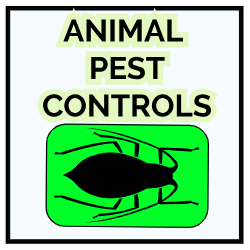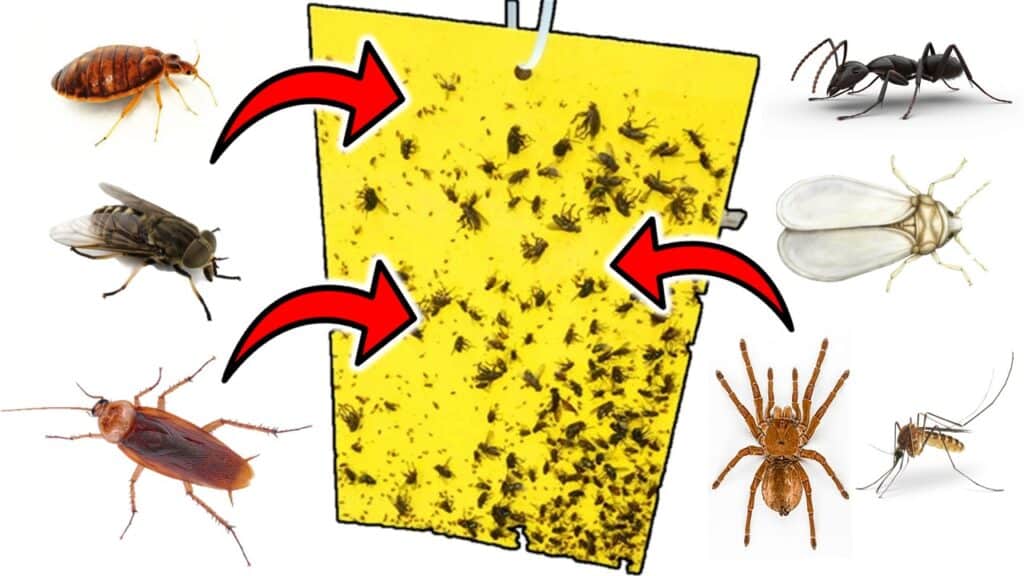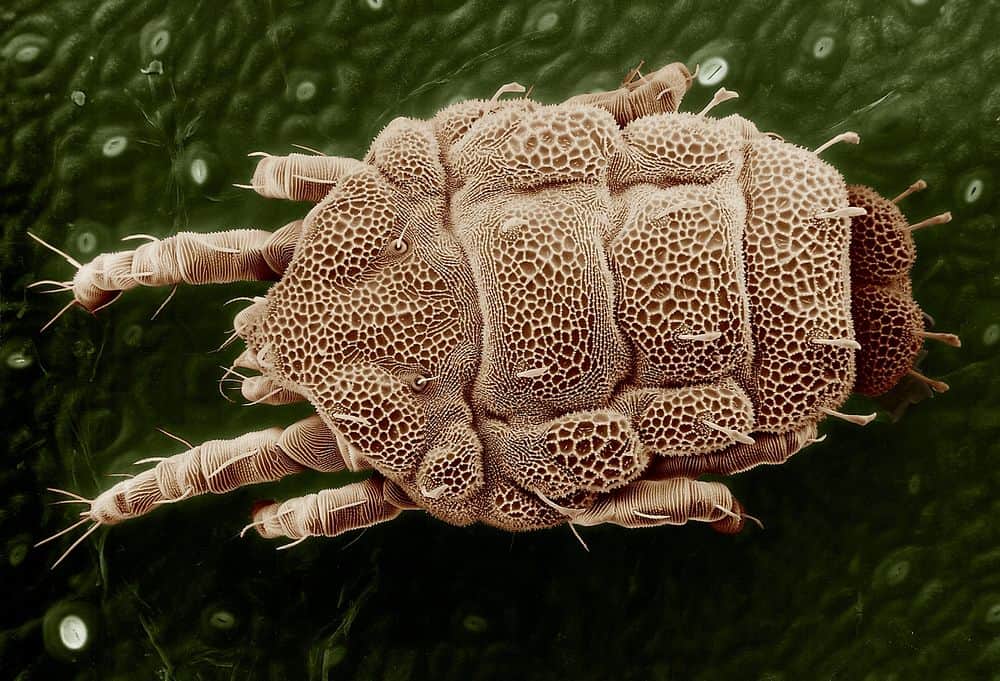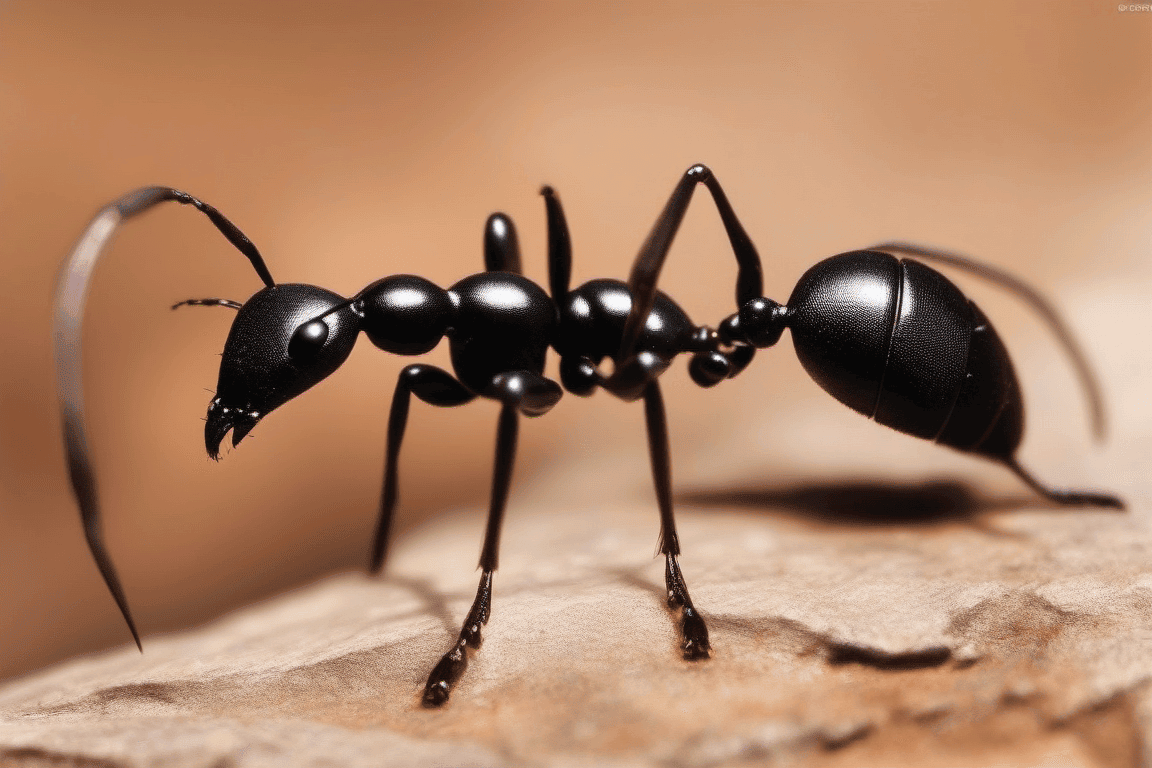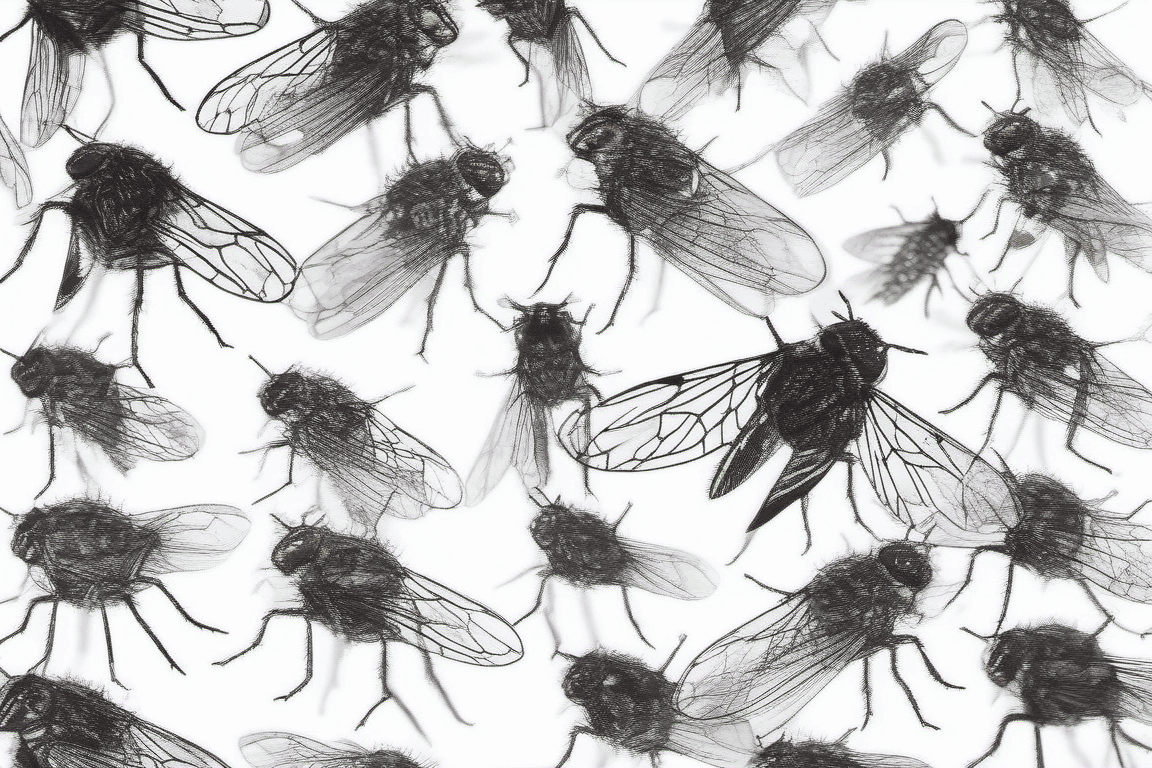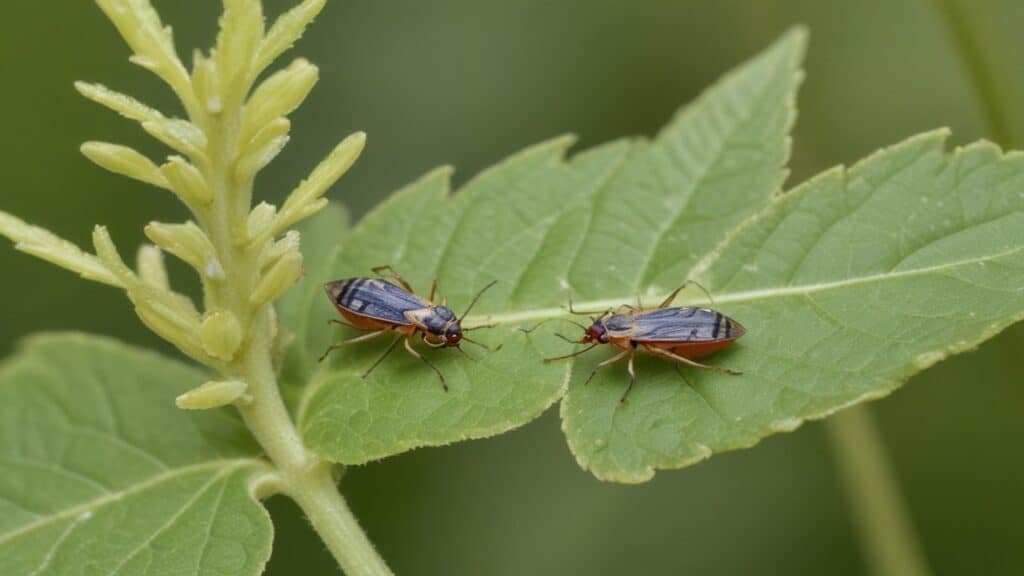Have pests turned your home into a playground?
If you’re tired of playing hide-and-seek with pesky critters, it’s time for some sweet revenge!
Join us in our epic quest as we unveil the secrets to exterminate pests with sticky pest traps like never before. From strategic trap placement techniques that’ll leave them trapped and clueless, this is one battle you won’t want to miss.
Unleash your inner pest warrior to say goodbye to scurrying sounds at night and hello to peaceful sleep. Watch now and reclaim your territory!
Table of Contents
What are Sticky Pest Traps?
Sticky traps are a pest control tool designed to capture various pests, such as insects, spiders, and rodents.
These traps consist of a sticky adhesive material that allows the pests to get stuck when they come into contact with it.
The adhesive on these traps is robust enough to hold even larger pests in place, preventing them from escaping. Place these traps where pests are likely present or pass through to use them effectively.
Common locations include near windows, along baseboards, and in dark corners or under furniture.
It would be best to identify the specific type of pest you are targeting and choose a trap designed for that pest.
What are Sticky Traps Methods to Capture and Eliminate Pests?
1. Flies
Flies are infamous pests in homes and other buildings.
These annoying insects disrupt our daily activities and are carriers of various diseases. One effective method to eliminate them is to use sticky traps. These traps trap flies on a sticky surface, preventing them from flying away.
Sticky traps use attractive scents or colors to lure flies toward them. Once the fly lands on the trap’s surface, it becomes stuck and unable to escape.
This method is effective and safe for humans and pets as it does not involve harmful chemicals. When using these traps, secure them in areas where flies are present, such as near windows, doors, garbage cans, or any other areas where flies tend to gather.
Check the trap regularly and replace them once they become full of flies.
Making a sticky fly trap at home is simple and cost-effective. You will need a few household items such as a plastic container, string or wire, scissors, and adhesive materials like honey or glue.
Start by cutting strips of the adhesive material and attaching them to the inside of the plastic container. Ensure you space the strips evenly to maximize effectiveness.
Punch holes on opposite sides of the container and thread string or wire through them to create a hanging mechanism. Hang the trap near areas where you notice fly activity, such as windows or garbage bins.
The strong scent of honey or glue will attract flies toward the trap, causing them to stick to the adhesive material once they land on it. Regularly check and replace the adhesive strips when they become full of dead flies.
2. Cockroaches
Cockroaches are one of the most common household pests that people encounter in the household. These resilient insects can survive in almost any environment and can reproduce rapidly.
Cockroaches are attracted to food sources and warmth, making kitchens and bathrooms prime areas for infestations.
Sticky traps can be a tool to eliminate them. These traps lure cockroaches onto a sticky surface that they cannot escape. Place the traps where you’ve noticed cockroach activity, such as along baseboards or behind appliances.
You will need a shallow container, petroleum jelly or adhesive tape, and bait to make a sticky cockroach trap. Apply a thick layer of petroleum jelly or stick strips of adhesive tape on the inner walls of the container.
Next, place some enticing bait in the trap center to attract cockroaches.
As they crawl towards the bait, they will get stuck on the sticky surface and won’t be able to escape.
3. Spiders
Spiders are scary and annoying household pests. However, they play a significant role in controlling the population of other insects like flies and mosquitoes.
While some spiders are harmless, others can be venomous and pose a threat to humans. One effective way to deal with spider infestations is to use sticky traps.
These traps are adhesive sheets or cards designed to catch and trap spiders and other crawling insects. You can set this trap by peeling off the protective layer on the adhesive surface and placing them in strategic locations around your home.
Place baits in the middle of these traps to make them more effective. Finally, monitor and replace these traps to keep track of spider activity while preventing new infestations.
4. Ants
Ants are infamous pests that can wreak havoc in our homes.
They are attracted to food and water sources, making kitchens and pantries their favorite spots. Sticky traps can be a great solution to eradicate them.
These traps lure ants with attractive bait and trap them on a sticky surface. Sticky pest traps are easy to use and provide long-lasting results. Place and secure the sticky surfaces near areas where you have seen ant activity or along their trails.
Sweet-smelling baits like sugar will attract the ants, leading them toward the trap’s adhesive surface. Once they step onto the sticky surface, they become trapped and unable to escape.
The advantage of using sticky pest traps is that they eliminate individual ants and disrupt the entire colony’s communication and foraging patterns.
This trap disrupts their ability to communicate and coordinate food-gathering activities, reducing ant population over time.
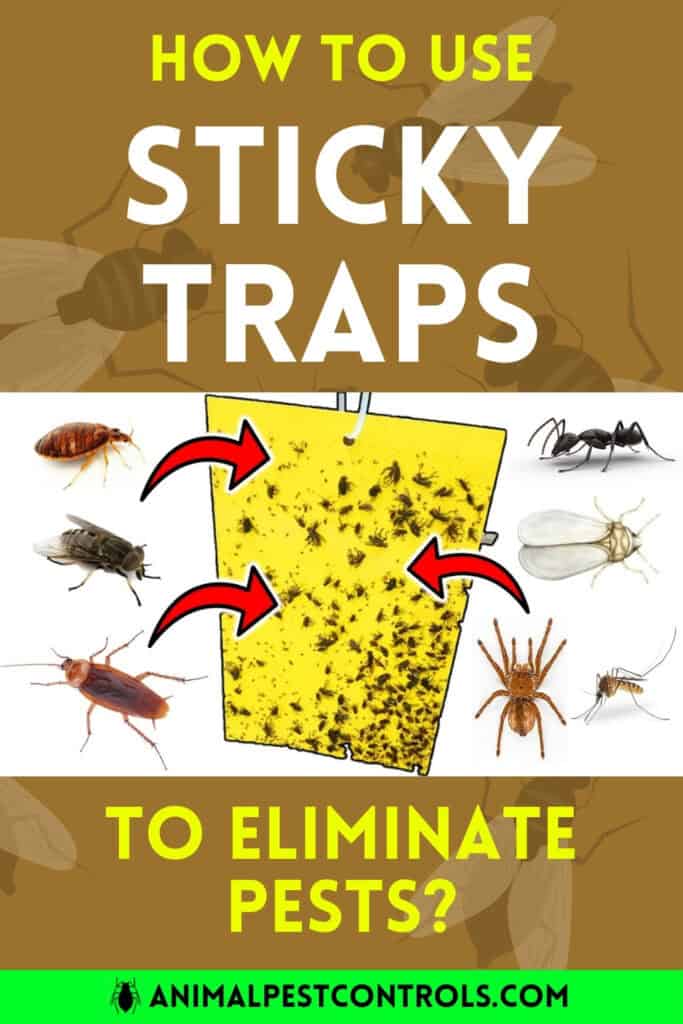
5. Mice and rats
A sticky trap is effective when ridding your home of pests like mice and rats.
These traps capture rodents on a sticky surface from which they cannot escape.
One of the advantages of using sticky pest traps is that they are easy to set up and require no additional tools or chemicals.
Place the trap in areas where you’ve seen rodent activity, such as along walls or near food sources. While sticky traps can be effective, they may not always be the most humane option for mice and rats.
When rodents become stuck in these traps, they may experience prolonged suffering before succumbing to exhaustion or dehydration. Check the traps regularly and remove any rodents promptly.
In addition to using sticky traps, take preventive measures against mice and rats. These methods include sealing off potential entry points around your home or building, storing food in secure containers, and maintaining cleanliness to remove attractants for these pests.
Combining these methods can control mouse and rat infestations without harmful chemicals.
6. Whiteflies
Whiteflies can wreak havoc on plants in gardens and greenhouses. These tiny insects, AKA plant hoppers, have white wings and a powdery appearance.
They often infest the undersides of leaves, sucking out sap and causing damage to the foliage. Whiteflies reproduce quickly and multiply if left untreated.
One effective way to control white flies is to use sticky pest traps. These traps attract and capture flying insects like white flies.
The trap’s sticky surface is a barrier, preventing the pests from reaching the plants. Placing these traps around your garden or greenhouse can catch adult white flies before they lay eggs or spread throughout your plants.
Hang or stick them near infested plants or areas with high fly activity.
Monitor the traps for insects, removing them when they become filled or ineffective due to dust accumulation. These traps eliminate white flies, detecting early infestations and preventing further plant damage.
7. Bed bugs
Bed bugs are blood-sucking insects that infest homes, hotels, and other living spaces.
These tiny pests feed on the blood of humans and animals while they sleep, causing itchy bites and potential allergic reactions. Bed bugs are nocturnal creatures that hide in cracks, crevices, mattresses, and furniture during the day, making them difficult to detect and eliminate.
Many homeowners turn to sticky traps as a part of their pest control strategy to eradicate bed bugs. Sticky traps attract and catch bed bugs using scents or pheromones that mimic the sleeping human smell.
Once the insects come into contact with the trap’s adhesive surface, they become stuck and unable to escape.
Placing these traps around beds, sofas, or other areas where people spend time can help identify the extent of the infestation.
In addition, these traps can serve as an early detection system for new bed bug activity or indicate if previous treatment methods have been successful. Inspect the traps for bugs and discard them properly.
Conclusion
Sticky pest traps are a simple yet effective method to eliminate pests from your home.
These traps are convenient, affordable, and you can easily place and secure them where pests are most likely to roam. Whether it’s spiders, ants, or pesky rats, sticky traps will catch them.
So say goodbye to creepy crawlies and hello to a pest-free zone! Don’t hesitate to try sticky traps and see the difference for yourself. You won’t be disappointed!
